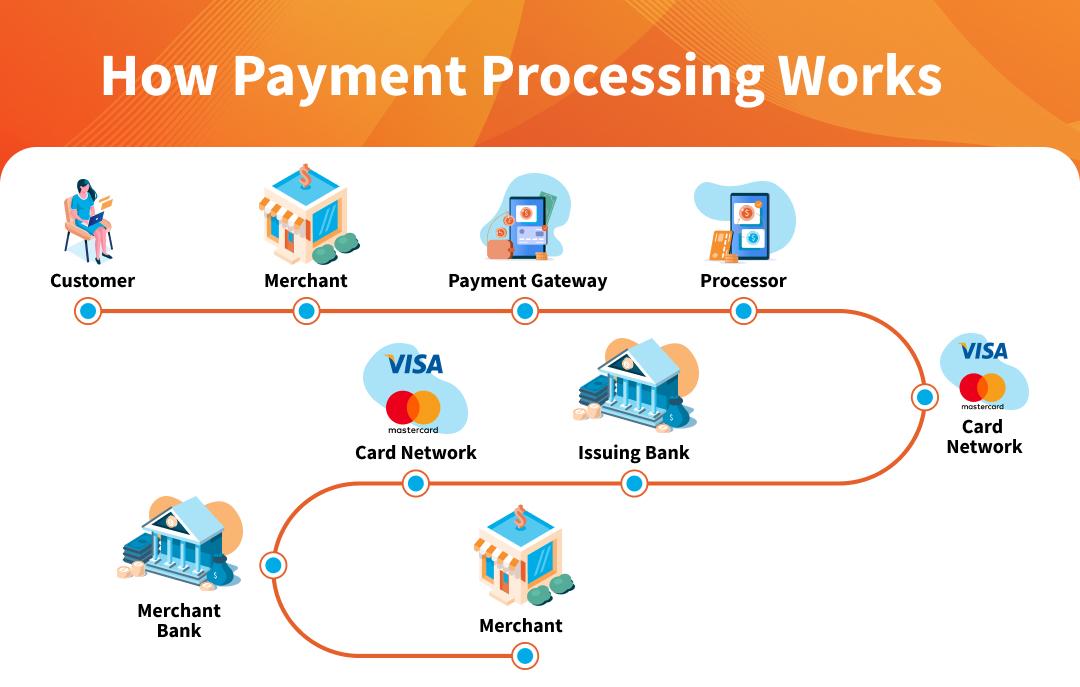In today’s fast-paced digital world, making payments has never been easier—or more complex. If you’re a business owner or an entrepreneur venturing into the realm of online sales, you’ve likely encountered terms like “payment gateway” and “payment processor.” They might sound similar, and it’s easy to assume they serve the same purpose. Though, understanding the distinctions between these two crucial components of online transactions can make a significant difference in how you manage your finances and enhance your customer experience.Imagine being equipped with the knowledge to choose the right solutions for your business needs, streamline your payment processes, and ultimately boost your sales. In this article, we’ll break down the differences between a payment gateway and a payment processor, helping you navigate the world of online payments with confidence. Ready to demystify the jargon and empower your business decisions? Let’s dive in!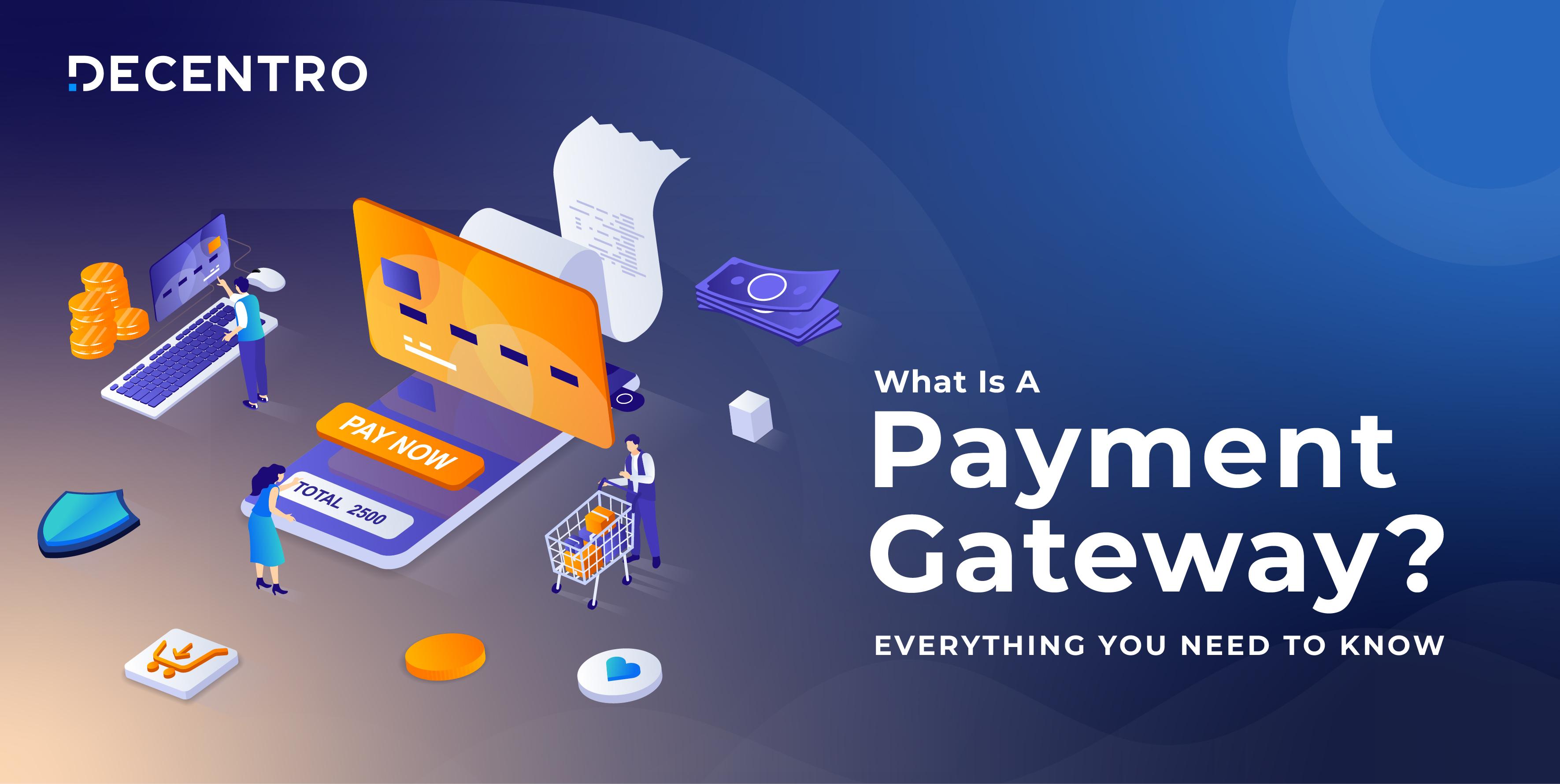
Understanding the Basics of Payment Gateways and Payment Processors
When it comes to online transactions, understanding the roles of payment gateways and payment processors is crucial for both merchants and consumers.Even though these terms are frequently enough used interchangeably, they serve different functions in the e-commerce ecosystem.
Payment Gateways act as digital bridges between a customer’s payment method and the merchant’s bank account. they are responsible for encrypting sensitive information, such as credit card details, to ensure secure transactions.Without a payment gateway, your customers would be vulnerable to fraud, and your business would be at risk. Key features of payment gateways include:
- Data Encryption: Protects sensitive customer data during transactions.
- User interface: provides a seamless checkout experience.
- Fraud Detection: Monitors transactions for suspicious activity.
on the other hand, Payment Processors handle the actual transaction once the customer has made their payment. They facilitate dialog between the payment gateway, the customer’s bank, and the merchant’s bank. In essence, they take the approved transaction data from the gateway and ensure that the funds are transferred appropriately. Significant aspects of payment processors include:
- Authorization: Validates whether the customer has enough funds for the transaction.
- Settlement: Manages the transfer of funds from the customer to the merchant.
- Chargeback Management: Handles disputes and returns.
| Feature | Payment Gateway | Payment Processor |
|---|---|---|
| Function | Secures customer data | Facilitates transactions |
| Core Role | Encryption | authorization |
| Examples | PayPal, Stripe | Square, Authorize.Net |
Choosing the right combination of a payment gateway and processor can considerably impact your business’s success. A robust payment gateway can enhance customer trust, while an efficient payment processor can streamline your cash flow. By understanding these distinctions, you can make informed choices that align with your business goals.
Why Choosing the Right Solution Matters for Your Business
In today’s fast-paced digital economy,selecting the right financial infrastructure is crucial for any business aiming to thrive. With the growing number of payment solutions available, understanding the unique roles of a payment gateway and a payment processor can make a ample difference in your operational efficiency and customer satisfaction.
A payment gateway acts as the facilitator between your online store and your customers, ensuring that sensitive card details are securely transmitted for approval.Choosing the right gateway can enhance your customer experience by providing a seamless checkout process. Consider features like:
- Security protocols: Look for gateways that offer advanced encryption and fraud detection.
- Integration capabilities: make sure it can easily integrate with your existing eCommerce platform.
- User experience: A smooth and intuitive interface can significantly reduce cart abandonment rates.
On the other hand, a payment processor is the engine behind the scenes. it takes the information from the gateway and manages the actual transaction with the bank. an ideal processor will ensure fast transaction times and reliable service. Here are some critical aspects to consider when choosing one:
- Transaction fees: Look for obvious pricing structures that won’t eat into your profits.
- Customer support: A responsive support team can help resolve payment issues quickly, minimizing downtime.
- Scalability: Choose a processor that can grow with your business, supporting everything from small transactions to larger volumes as you expand.
When these two components work in harmony, the outcome is a powerful payment system that not only facilitates transactions but also fosters customer trust. A reliable payment gateway paired with an efficient payment processor can enhance your brand’s credibility and encourage repeat business.
To visualize the differences, here’s a simple comparison:
| Feature | Payment Gateway | Payment Processor |
|---|---|---|
| Function | Facilitates transaction authorization | manages transaction processing |
| Focus | Customer experience | Operational efficiency |
| Key Role | Secure data transfer | Funds transfer and settlement |
Ultimately, a well-informed decision about your payment solutions can streamline your operations, enhance customer satisfaction, and drive your business growth. by understanding the distinctions between a payment gateway and a payment processor, you can tailor your financial strategy to meet your specific needs, setting the stage for long-term success.
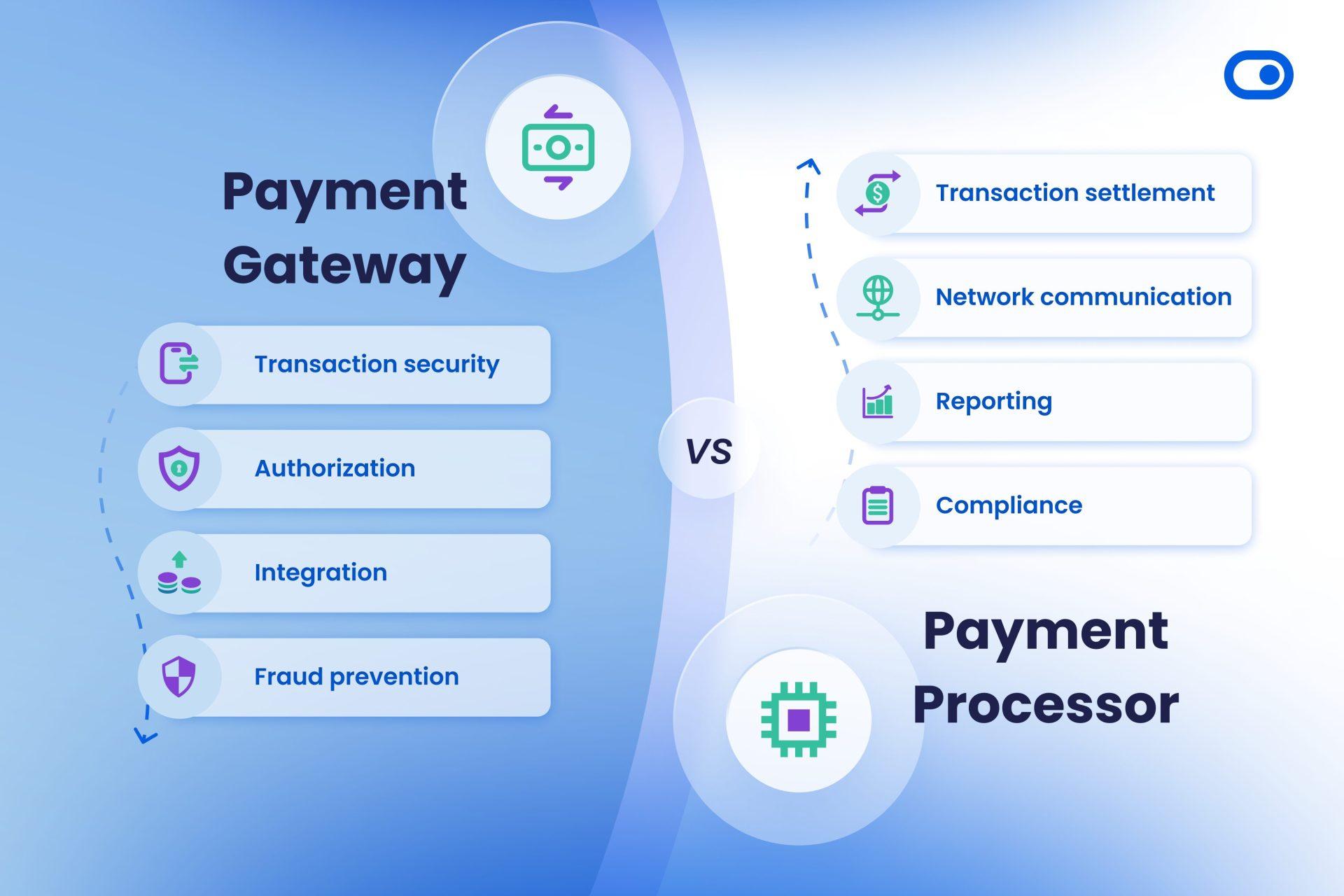
how Payment Gateways Work: The key to Online Transactions
Understanding how payment gateways function is essential for both merchants and consumers in the realm of online transactions. A payment gateway acts as the digital equivalent of a physical point-of-sale terminal in a store. When you make a purchase online, this technology securely captures the customer’s payment information and transmits it to the payment processor to finalize the transaction.
Here’s a simplified breakdown of the payment process:
- Customer Initiates payment: The transaction starts when a customer inputs their payment details on the merchant’s website.
- Data Encryption: The payment gateway encrypts this sensitive information to ensure it is indeed secure during transmission.
- Authorization Request: The gateway sends this encrypted data to the payment processor, which then routes it to the customer’s bank for authorization.
- Transaction approval: The bank checks for sufficient funds and fraud indicators, then sends an approval or denial back through the processor to the gateway.
- Completion of Payment: If approved, the payment is completed, and the merchant receives a notification, allowing the order to be processed.
It’s crucial to note that while the payment gateway manages the transaction’s front-end security and user experience, the payment processor handles the back-end functions. these two components work in harmony to facilitate smooth online transactions.
| Feature | Payment Gateway | Payment Processor |
|---|---|---|
| Function | Secure data transmission | Transaction management |
| encryption | Yes | No |
| Integration | website or app | Bank and financial institutions |
| User Experience | Customer-facing | Merchant-facing |
In essence, the efficiency of your online transactions largely depends on the performance and reliability of both the payment gateway and the payment processor. Choosing the right combination can enhance customer satisfaction, reduce cart abandonment rates, and ultimately boost your sales.So, whether you’re a small business or a large enterprise, understanding these technologies ensures you’re well-equipped to navigate the digital marketplace.
Diving Deeper into Payment Processors: Beyond the Basics
When it comes to online transactions, understanding the nuances between a payment gateway and a payment processor is crucial for any business owner looking to enhance the customer experience and streamline operations. While they might be used interchangeably in casual conversation, these two components serve distinct functions in the payment ecosystem.
A payment gateway is like the digital equivalent of a point-of-sale terminal.It acts as a bridge that facilitates communication between the customer and the merchant’s bank. here’s what makes it essential:
- Security: Payment gateways encrypt customer information to protect sensitive data during transactions.
- User Interface: They often provide customizable checkout pages that enhance the user experience.
- Integration: Payment gateways can integrate with various shopping carts, making it easier for businesses to manage online sales.
On the other hand, a payment processor is the back-end powerhouse that manages the transaction once it has been initiated. This is where the magic happens behind the scenes. Key characteristics include:
- Transaction Management: payment processors handle the actual movement of funds between the bank accounts of the customer and the merchant.
- Settlement: They are responsible for ensuring that payments are settled quickly and efficiently.
- Reporting: Payment processors frequently enough provide detailed reports that help businesses track sales and manage finances better.
| Feature | Payment Gateway | Payment Processor |
|---|---|---|
| function | Facilitates customer interaction | Handles fund transfers |
| Security | Encrypts data | manages risk assessments |
| User Experience | Customizable checkout | Streamlined payments |
Both components are vital for a seamless transaction experience, and understanding their roles can empower businesses to choose the right solutions that fit their needs.As an example, some merchants opt for an all-in-one solution that includes both functions, while others prefer to mix and match based on specific requirements.
Ultimately, mastering the ins and outs of payment gateways and processors not only enhances the operational efficiency of your business but also instills confidence in your customers, knowing they are using a secure and reliable payment method.As eCommerce continues to evolve, staying informed about these technologies will keep your business ahead of the curve.
The Major differences Between Payment Gateways and Payment processors
When diving into the world of online payments, it’s crucial to understand the unique roles that payment gateways and payment processors play in facilitating transactions. while these terms are frequently enough used interchangeably, they serve distinct purposes within the payment ecosystem.
Payment Gateways act as the bridge between your e-commerce site and the financial institutions that handle transactions. They are responsible for securely transmitting customer payment information to the payment processor. Think of a payment gateway as the digital equivalent of a point-of-sale terminal in a brick-and-mortar store.
Here are some key features of payment gateways:
- Security: They encrypt sensitive data, ensuring that customer information remains confidential during transmission.
- User Experience: Gateways provide a seamless checkout experience, often allowing for features like one-click payments and mobile compatibility.
- Integration: They can easily be integrated into various e-commerce platforms, enhancing versatility.
Conversely,Payment Processors are the backend heroes that actually handle the transaction once the payment information is received from the gateway. They communicate with the bank or credit card networks to authorize and settle the payment. in essence, payment processors ensure that the money moves from the customer’s bank to your merchant account.
Let’s break down some functionalities of payment processors:
- authorization: They verify if the funds are available in the customer’s account before completing the transaction.
- Settlement: After approval, processors handle the transfer of funds to the merchant’s account.
- chargebacks: They manage disputes and chargebacks, reducing potential financial losses for merchants.
To summarize the differences more clearly, take a look at the following table:
| Feature | Payment gateway | Payment Processor |
|---|---|---|
| Function | Receives and encrypts payment data | Processes and settles transactions |
| Security | Focus on data encryption | Focus on transaction validation |
| User Interaction | Directly interacts with customers | Operates in the background |
By understanding the distinctions between payment gateways and payment processors, you can make informed decisions on which services best meet your business needs. Choosing the right combination can enhance your customer’s experience and streamline your payment operations.
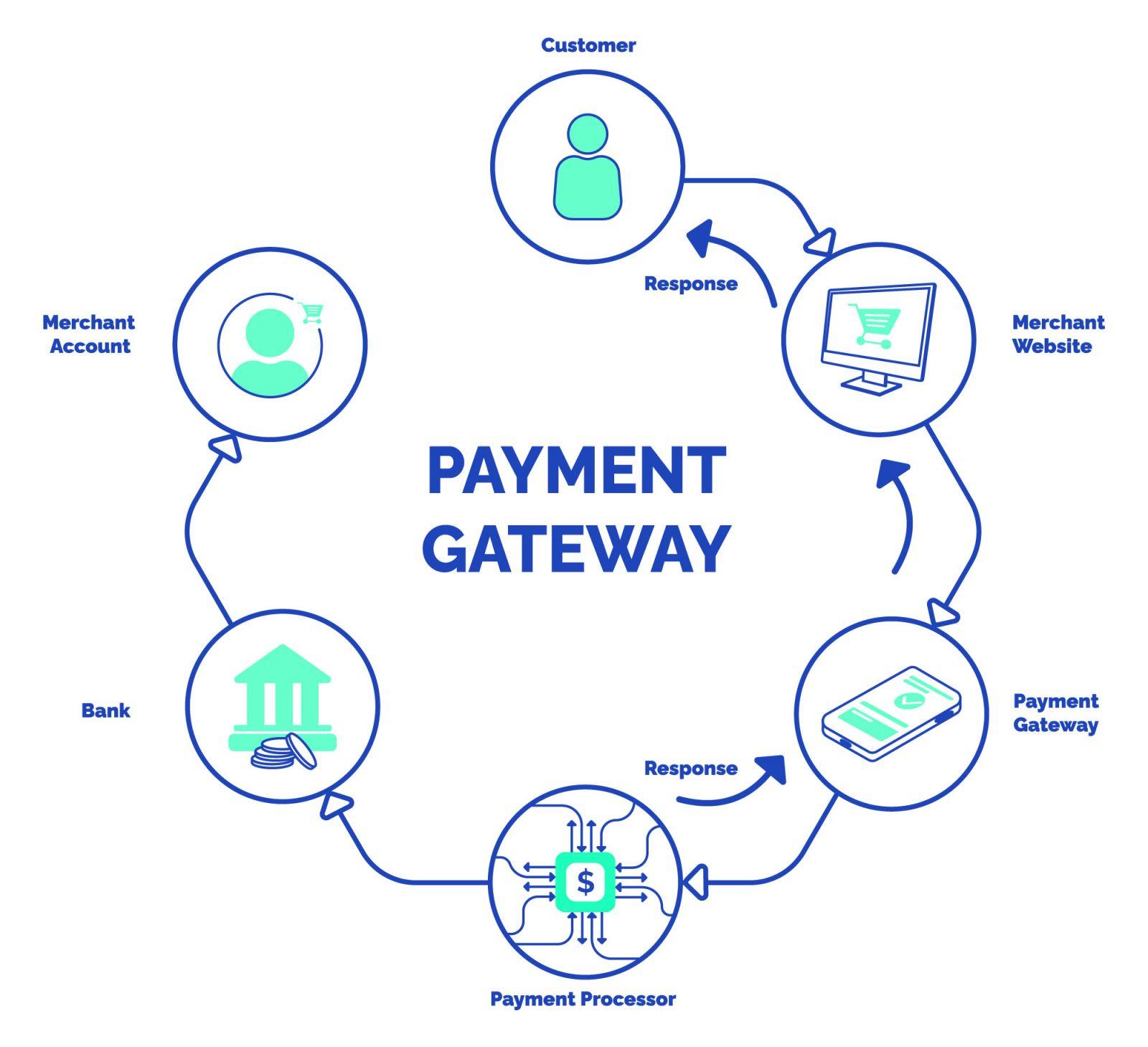
Which One Do You Need? Assessing Your Business Requirements
When evaluating your business needs, understanding the difference between a payment gateway and a payment processor is crucial. Each serves a unique purpose in the world of online transactions, and selecting the right one can significantly impact your operations and customer experience.
Payment Gateways act as the bridge between your website and the payment processor. They securely capture and encrypt sensitive customer information, like credit card numbers, before transmitting it to the payment processor. Here are some key characteristics:
- Security: Payment gateways provide robust encryption to protect sensitive data.
- User Experience: They often offer customizable checkout options to enhance customer interaction.
- integration: Gateways can usually be integrated with various e-commerce platforms, making them versatile.
On the other hand, Payment Processors are responsible for handling the transaction itself. once the payment gateway has captured and encrypted the customer’s information, the processor takes over to complete the transaction.Consider these aspects:
- Transaction Handling: This includes authorizing payments and transferring funds between banks.
- Fees: Payment processors typically charge a fee per transaction, which can vary based on volume and type.
- Settlement Time: They determine how quickly funds are made available to your business account.
To help you visualize the differences, here’s a simple comparison:
| Feature | Payment Gateway | Payment Processor |
|---|---|---|
| Function | Captures and encrypts payment data | Authorizes and settles the transaction |
| Security | High-level encryption | Regulatory compliance required |
| Customer Interaction | Directly involved in checkout | Backend processing only |
Choosing between a payment gateway and a payment processor—or recognizing that you need both—depends on the specific needs of your business. If you’re focused on providing a seamless customer experience with high security, a robust payment gateway is essential. Conversely, if you’re handling a high volume of transactions and need rapid fund transfers, the payment processor’s efficiency will be your priority.
Assessing your current and future business requirements will help you make an informed decision. Consider your transaction volume, customer demographics, and the level of security required. Ultimately, the right combination of a payment gateway and a payment processor will not only streamline your operations but also enhance customer trust and satisfaction.
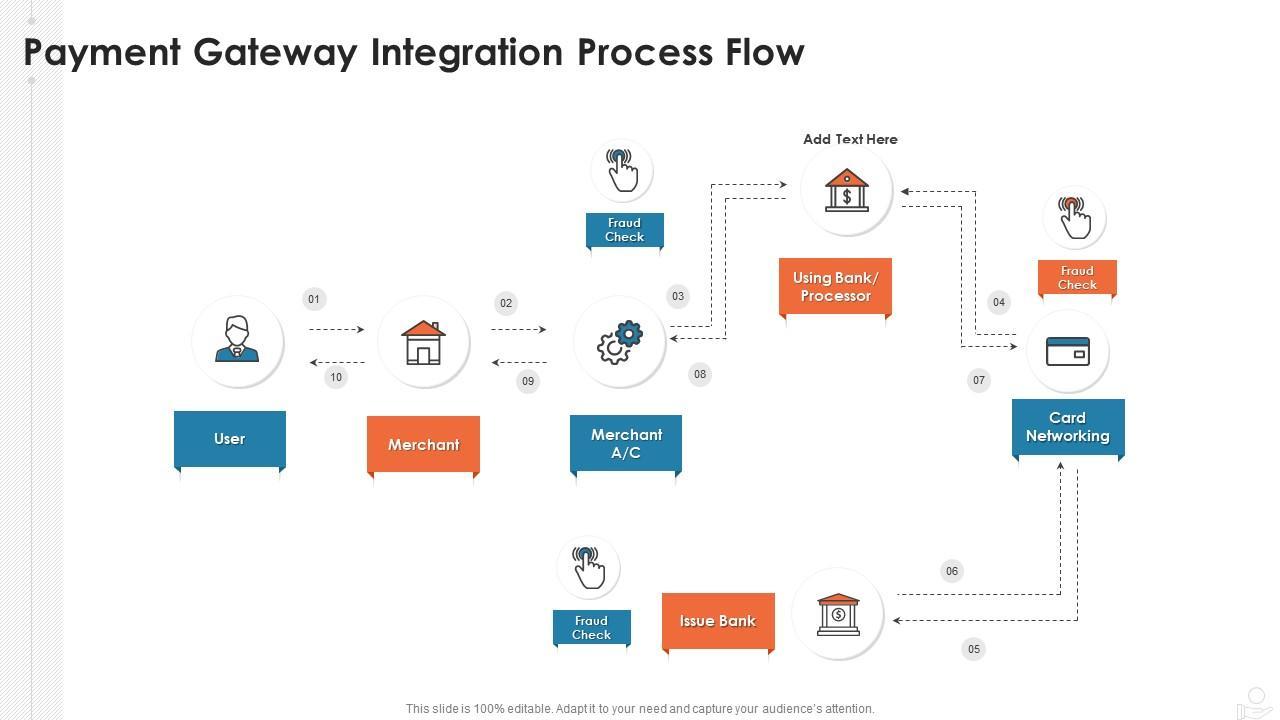
Fees, Features, and Functionality: Making the Right Choice
When it comes to choosing between a payment gateway and a payment processor, understanding their associated fees, features, and functionality is crucial. Each option presents its own set of advantages and potential drawbacks that could impact your business operations and customer experience.
Understanding Fees
The fee structure for payment gateways and payment processors can vary significantly.Here are some common fees to consider:
- Transaction Fees: Payment processors usually charge a percentage of each transaction, while gateways may have a fixed fee per transaction.
- Monthly Fees: Some gateways charge a recurring monthly fee, whereas processors might not.
- Setup Fees: Consider whether there are initial setup fees required to get started.
- Chargeback Fees: Understand the fees associated with chargebacks, as both gateways and processors may impose these charges.
Features to Consider
Different payment solutions come equipped with various features that could enhance your business operations. Here are some noteworthy features offered by payment gateways and processors:
- Security Measures: Payment gateways typically provide advanced security features, such as encryption and fraud detection.
- Integration Capabilities: Ensure that the payment solution you choose can easily integrate with your existing e-commerce platform.
- Multi-Currency Support: If you operate internationally, look for solutions that offer multi-currency transactions.
- Customer Support: reliable customer service can be a lifesaver in times of need, so consider the support options available.
Functionality Insights
The functionality of these payment solutions directly impacts your checkout experience and operational efficiency. Here’s a simplified comparison:
| Feature | Payment Gateway | Payment Processor |
|---|---|---|
| Payment Authorization | Yes | Yes |
| Data Encryption | Advanced | Standard |
| User Interface | Customizable | Basic |
| Real-Time Analytics | available | Limited |
Ultimately, the decision between a payment gateway and a payment processor should be based on your specific business needs and the experience you want to provide for your customers.Evaluating fees, features, and functionality will help you make an informed choice that aligns with your business goals.
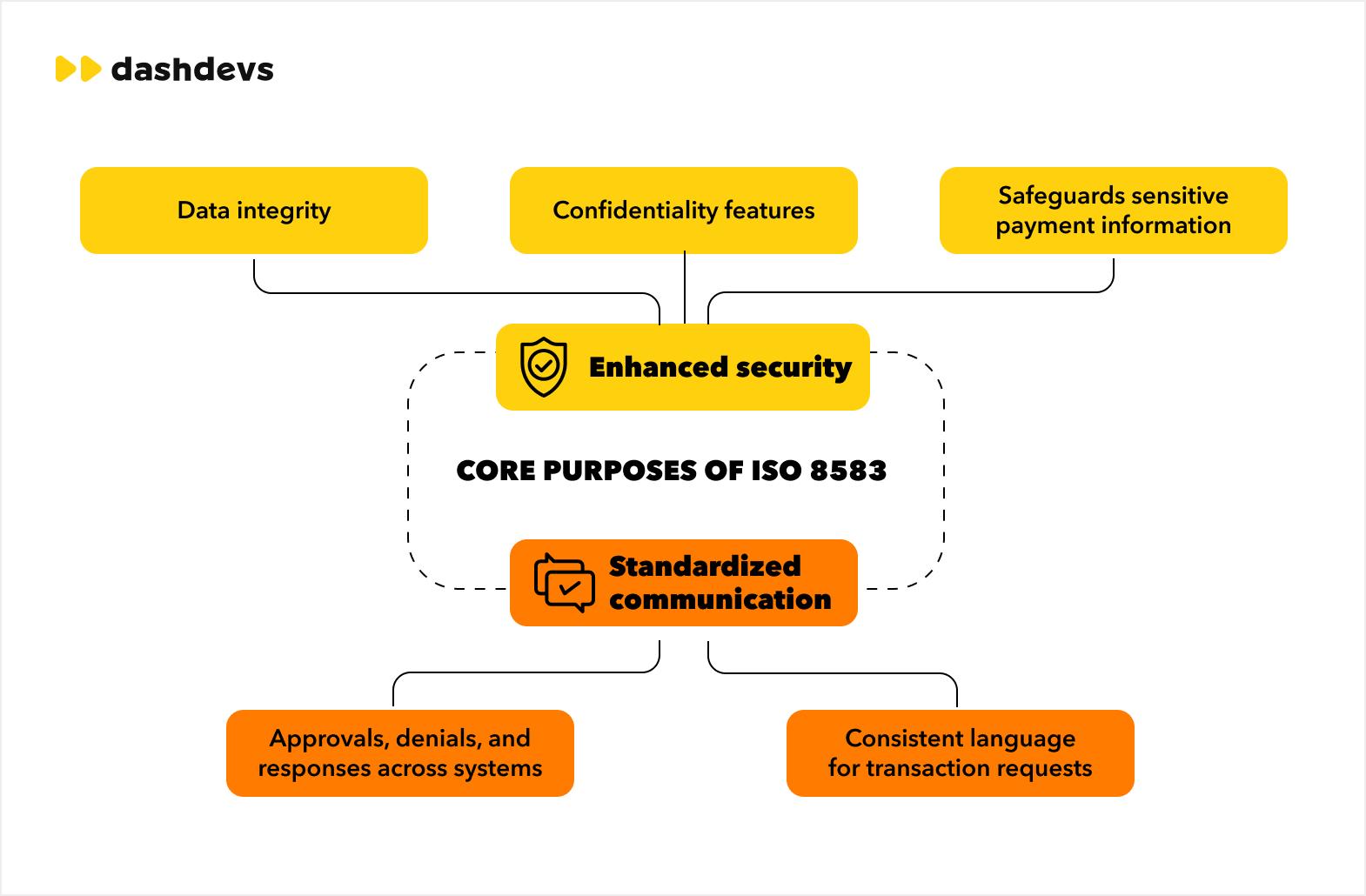
Security Considerations: Protecting Sensitive payment Information
One of the most critical aspects of dealing with payment gateways and processors is ensuring the security of sensitive payment information.With the rise of online transactions, the risks associated with data breaches and fraud have escalated significantly. Businesses must prioritize protecting their customers’ financial data,and understanding how payment gateways and processors function is key to mitigating risks.
Encryption is the first line of defense in safeguarding payment information. When customers enter their credit card details, this data should be encrypted using robust protocols such as SSL (Secure Socket Layer) or TLS (Transport Layer Security). This means that even if a cybercriminal intercepts the data during transmission, it will be unreadable without the encryption key.
Another essential measure is the implementation of tokenization. This process replaces sensitive payment data with a unique identifier or token that cannot be reversed. By using tokens rather of actual card information, businesses can minimize the risk of data exposure. When a transaction occurs, only the token is transmitted, significantly reducing the liability associated with handling sensitive information.
It’s also crucial to comply with industry standards such as the Payment Card Industry Data Security Standard (PCI DSS). Compliance with PCI DSS ensures that your business meets the necessary security measures to protect cardholder information. Regular audits and assessments can help identify vulnerabilities in your system and reinforce your security posture.
Consider implementing robust fraud detection and prevention systems. These tools use advanced algorithms and machine learning to analyze transaction patterns and identify suspicious activities in real time. By monitoring transactions for anomalies, businesses can quickly act on potential threats before they escalate into significant issues.
Lastly, remember that customer education is vital. Businesses should communicate with customers about the importance of using strong passwords and recognizing phishing attempts. By fostering a culture of security awareness, you not only protect sensitive information but also build trust with your customers.
| Security Measure | Description |
|---|---|
| Encryption | Secures data during transmission using SSL/TLS protocols. |
| tokenization | Replaces sensitive data with unique tokens for transaction processing. |
| PCI DSS Compliance | Ensures adherence to industry standards for handling cardholder data. |
| Fraud Detection | Monitors transactions for suspicious activity using advanced algorithms. |
| Customer Education | Encourages users to practice safe online behaviors, such as strong passwords. |
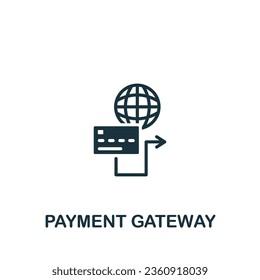
Integration Made Easy: How to choose the Best Fit for Your Tech Stack
When it comes to integrating payment solutions into your tech stack, understanding the distinction between a payment gateway and a payment processor is crucial. Both play vital roles in facilitating online transactions, but they serve different functions and choosing the right fit can streamline your operations and enhance user experience.
payment Gateway: This is the technology that captures and transfers payment data from the customer to the payment processor. Think of it as a digital bridge that securely connects your website with the bank’s network. Here are some key features that set payment gateways apart:
- Encryption: Protects sensitive customer data during transactions.
- User Interface: Often provides a customizable checkout experience.
- Support for Multiple Payment Methods: Accepts credit cards, debit cards, and other payment options like PayPal.
Payment Processor: This is the service that actually handles the payment transactions. Once the payment gateway captures the data,the payment processor takes over to authenticate and process the payment. Here’s what to consider about payment processors:
- Transaction Handling: Manages the transaction’s lifecycle, including authorization and settlement.
- Fees Structure: Typically, payment processors charge a fee per transaction, which can vary based on the volume of transactions you handle.
- Settlement Times: The time taken to transfer funds to your bank account post-transaction.
When evaluating your options, consider how these two components will integrate with your existing systems.A well-chosen payment gateway can enhance customer trust by ensuring that transactions are secure, while an efficient payment processor can improve cash flow by minimizing transaction delays.
| Feature | Payment Gateway | Payment Processor |
|---|---|---|
| Role | Captures payment data | Processes transactions |
| security | Encrypts data | Handles fraud detection |
| Customization | Checkout experience | N/A |
| Fees | Varies by provider | Typically per transaction |
Ultimately, the best integration for your tech stack will depend on your business model, transaction volume, and customer preferences.Do your research, leverage free trials where possible, and ensure that the solutions you choose can grow with your business needs.
Real-Life Examples: Successful Use Cases of Both Solutions
To illustrate the differences between a payment gateway and a payment processor, let’s delve into some real-world examples that highlight how businesses have successfully implemented these solutions.
E-commerce Retailer: Shopify
Shopify, a leading e-commerce platform, effectively utilizes both payment gateways and payment processors to streamline online transactions for its merchants. When a customer checks out on a Shopify store, the payment gateway securely encrypts the payment data and sends it to the payment processor.this seamless interaction allows Shopify store owners to offer a variety of payment options, including credit cards and digital wallets, enhancing customer satisfaction and boosting sales.
Subscription Service: Netflix
Netflix employs a payment gateway that allows users to subscribe easily. The payment gateway handles the initial transaction by capturing customer payment details and sending them to the payment processor. The processor then verifies the transaction and ensures the funds are transferred. By utilizing a payment gateway, Netflix simplifies billing while providing subscribers with a smooth and secure signup experience.
Physical Retail: Starbucks
Starbucks uses a combination of payment processors and gateways in its mobile app. The app serves as a payment gateway that collects customer data and processes orders. When a user makes a purchase, this data is relayed to a payment processor that handles the transaction. This integration not only enhances customer convenience but also supports loyalty programs, enabling users to earn rewards for their purchases seamlessly.
| Business Type | Solution Used | Benefits |
|---|---|---|
| E-commerce Retailer | Payment Gateway & Processor | Enhanced customer satisfaction, multiple payment options |
| Subscription Service | Payment Gateway | Simplified billing process, secure transactions |
| Physical Retail | Payment gateway & Processor | Convenient payments, integration with loyalty programs |
By examining these examples, it becomes clear that while payment gateways and processors serve distinct roles, their collaboration is essential for creating a seamless transaction experience. Businesses that strategically leverage both can significantly enhance their operational efficiency and customer satisfaction.
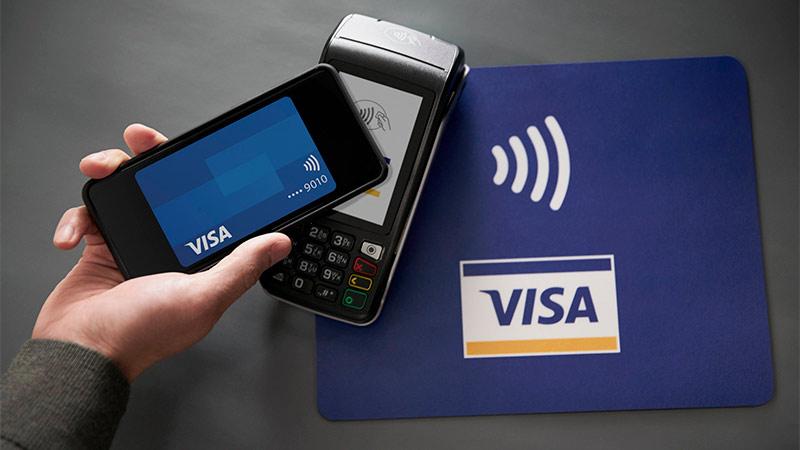
Future Trends in Payment Technologies: What to Expect
As technology continues to evolve, the landscape of payment solutions is undergoing a engaging transformation. With the rise of digital wallets and cryptocurrencies, the traditional methods of payment processing are being reshaped. Here are some future trends that businesses and consumers should keep an eye on:
- Contactless Payments: the acceleration of contactless technology is expected to soar, providing a faster and more hygienic way to transact. NFC (near Field Communication) will become the norm as consumers demand quicker transactions.
- Blockchain Integration: The adoption of blockchain technology is poised to enhance security and transparency in payment processing. This could reduce fraud and lower costs,making transactions smoother.
- Artificial Intelligence: AI and machine learning will play a critical role in fraud detection and personalized user experiences. Expect smarter payment solutions that adapt to consumer behavior.
- Subscription-Based Models: With the growing trend of recurring payments, businesses will increasingly adopt subscription models. This shift in revenue generation will require advanced payment solutions that can handle such transactions effortlessly.
- Omni-Channel Payment Solutions: A seamless shopping experience will become essential. Businesses will need integrated payment platforms that allow customers to transact effortlessly across various channels, whether online or offline.
Moreover,the rise of the gig economy is set to change how payments are processed. Freelancers and gig workers often require instant payment solutions, leading to an increased demand for platforms that can facilitate real-time transactions. Companies that adapt to these needs will likely have a competitive edge.
Security will continue to be a paramount concern. As cyber threats evolve, payment technologies will need to innovate continually. Expect enhanced encryption methods, biometric authentication, and multi-factor authentication to become standard practice.
the future of payment technologies is radiant and dynamic. As new trends emerge,businesses must stay informed and adapt their strategies accordingly. Being proactive in understanding these changes will not only enhance customer satisfaction but also improve operational efficiency.
Final Recommendations: Finding the Perfect Fit for Your Business Needs
When it comes to choosing the right financial technology for your business,understanding the nuanced differences between payment gateways and payment processors is crucial.Each serves a unique purpose, and aligning those purposes with your business needs can streamline your operations and enhance customer satisfaction.
First and foremost, define your requirements. Assess whether you primarily need a secure method to accept payments online (payment gateway) or a service that can handle the transaction process (payment processor). For e-commerce businesses, a combination of both is often required, as this ensures a seamless experience from check-out to settlement.
Next, consider the transaction volume of your business.If you anticipate handling a high volume of transactions, look for payment processors that offer competitive rates and robust scalability options.Many processors charge fees based on transaction volume, so finding one that suits your projected growth is key. Don’t overlook the potential savings that can come from negotiating lower rates or choosing a provider that rewards higher volumes.
Another important aspect is security measures. In today’s digital landscape, ensuring the safety of your customers’ data is paramount. Payment gateways typically offer advanced encryption and fraud detection tools to protect sensitive information. When evaluating options, inquire about the compliance standards they adhere to, such as PCI-DSS. A secure payment gateway can bolster your business’s credibility and customer trust.
Furthermore, ease of integration with your existing software is a significant consideration. Ensure that the payment gateway or processor you choose can seamlessly integrate with your website and other operational tools. look for providers with complete APIs and developer support, which can simplify the implementation process and minimize downtime.
Lastly, don’t underestimate the importance of customer support. Having access to responsive and knowledgeable support can make all the difference, especially during peak trading times or when issues arise. Choose a provider that prioritizes customer service and offers multiple channels for support, whether it’s through live chat, phone, or email.
| Feature | Payment gateway | Payment Processor |
|---|---|---|
| Function | Secure online transactions | Handles backend processing |
| Security | Encryption & fraud detection | Transaction authorization |
| Integration | Easy website integration | Works with existing systems |
| Fees | Varies by provider | Transaction-based fees |
Frequently Asked Questions (FAQ)
Q&A: Payment Gateway vs Payment Processor: What Are the Differences?
Q1: What exactly is a payment gateway?
A1: Great question! A payment gateway is like a digital portal that facilitates the transaction between a customer and a merchant. Think of it as the online cash register.When someone makes a purchase on your website, the payment gateway encrypts the customer’s payment information and sends it to the payment processor. It’s all about making sure that sensitive data is secure during the transaction.
Q2: Okay, so what about a payment processor?
A2: A payment processor is the behind-the-scenes hero of the transaction. Once the payment gateway has done its job of collecting and encrypting the payment info, the payment processor takes over. It communicates with the customer’s bank and the merchant’s bank to authorize and complete the transaction. In simple terms, it’s the middleman that handles the money flow.
Q3: Do I need both a payment gateway and a payment processor?
A3: In most cases, yes! While some services bundle both functionalities into one package, having a dedicated payment gateway and processor can enhance security and versatility. Think of it this way: you wouldn’t want to just hand your credit card over anywhere without knowing it’s secure, right? Using both ensures that you are protected and that transactions are smooth.Q4: Can I use different providers for payment gateways and processors?
A4: Absolutely! You have the flexibility to choose the best options for your business needs. Some businesses prefer using different providers to take advantage of specific features or lower fees. Just ensure they are compatible and can work together seamlessly to avoid any hiccups in your payment processes.
Q5: How do fees differ between a payment gateway and a payment processor?
A5: Fees can vary based on the provider,but generally,the payment processor might charge a per-transaction fee plus a percentage of the sale. The payment gateway may have a monthly fee,transaction fees,or both. It’s essential to do your homework and compare different providers. You want to ensure you’re getting a good deal while also securing reliable service.
Q6: what should I consider when choosing a payment gateway and processor?
A6: A few key factors to consider include security features, transaction speed, ease of integration with your existing systems, customer support, and, of course, the fees. You want a solution that not only meets your current needs but can also scale as your business grows. Don’t be afraid to reach out to providers and ask questions!
Q7: is security different for payment gateways and processors?
A7: Yes, they both play vital roles in security, but in different ways. The payment gateway focuses on encrypting customer data and ensuring secure data transfer. The payment processor, on the other hand, must comply with various industry standards (like PCI DSS) to protect sensitive financial information while it’s being processed. Together, they create a robust security framework for your transactions.
Q8: Can I switch providers later?
A8: Definitely! as your business evolves, your needs may change, and you might find that a different provider offers better features or pricing. while switching can involve some technical work, many providers offer assistance to make the transition as smooth as possible. Just be sure to plan carefully to minimize disruptions to your service.
Q9: Why does it matter for my business to understand these differences?
A9: Understanding the differences between payment gateways and processors can help you make informed decisions for your business. Choosing the right tools can lead to better customer experiences, increased security, and potentially lower costs.In today’s digital marketplace, being knowledgeable is key to staying competitive!
Q10: Any parting advice?
A10: Absolutely! Take your time evaluating your options. Don’t rush into a decision just as a provider is popular or has a flashy website. Read reviews, ask for recommendations, and consider what will work best for your unique business model. The right payment solution can make all the difference in your operational efficiency and customer satisfaction!
Final Thoughts
as we’ve explored the nuances between payment gateways and payment processors, it’s clear that both play vital roles in the payment ecosystem. Understanding their differences can empower you to make informed decisions for your business.whether you’re a budding entrepreneur or a seasoned business owner,knowing when to use a payment gateway versus a payment processor can streamline your transactions and enhance customer satisfaction.
So, the next time you’re setting up your payment systems, remember: it’s not just about picking one or the other; it’s about understanding how they work together to create a seamless payment experience. By leveraging the right combination,you can boost your operational efficiency and provide your customers with the smooth,secure service they expect.
If you’re still unsure which solution fits your needs best, don’t hesitate to reach out for further guidance. After all, the right choices today can pave the way for your success tomorrow. Happy transacting!

